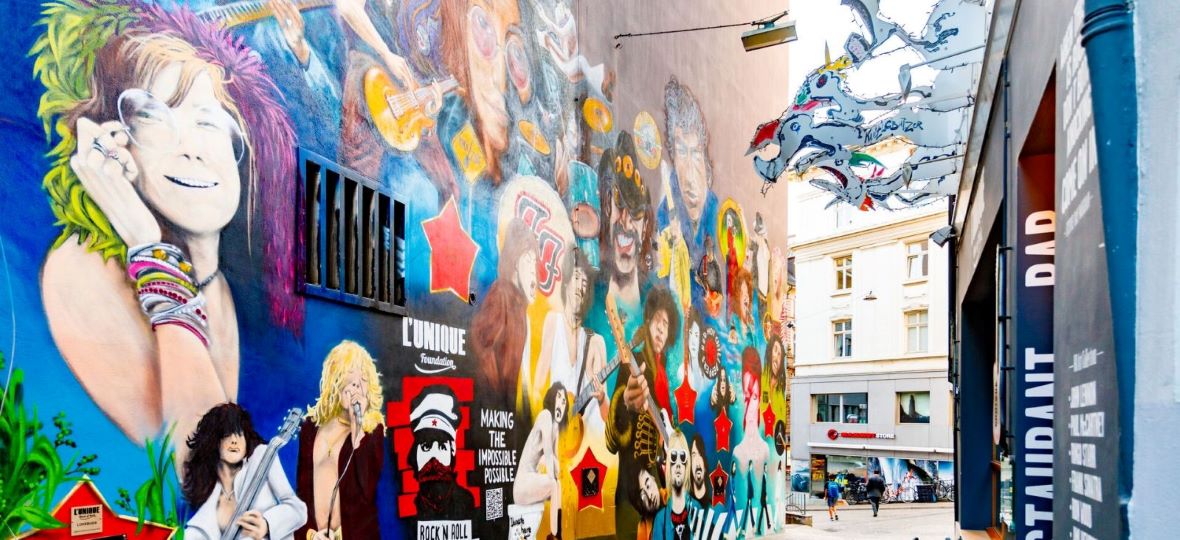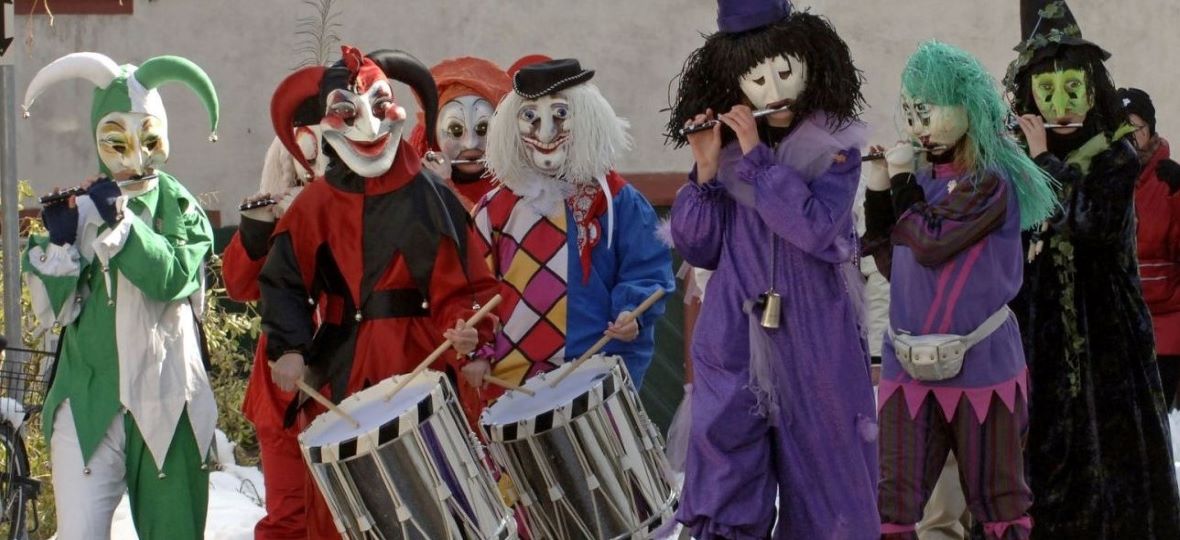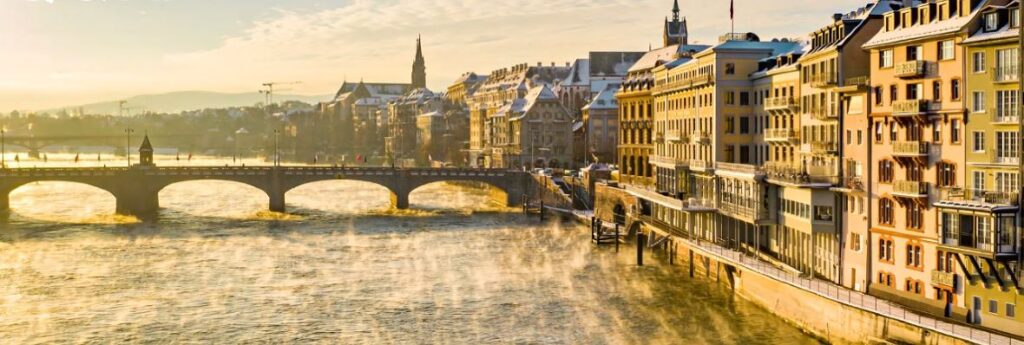To be honest, when Air Canada hosted its famed almost-annual travel agent “Race” early this fall, the airline could have sent participants by camel train to Timbuktu and they would have been thrilled, such was the enthusiasm by most for their first trip since the pandemic began. Fortunately, that wasn’t the case and instead, Air Canada selected beautiful, bountiful Basel, Switzerland, for its gala event.
And no mistake, Basel was just as happy to have Canadian agents visit the city, Switzerland’s third largest, tucked into the northwest corner between France and Germany, which prompts the tagline, “One City, Three Countries,” and the sentiment, “We’re Swiss, but different.”
“Something that kept us going during the last one and a half years was our strong willingness to get together with our destination (Basel) and never to disappear from the landscape,” said Switzerland Tourism director Martin Nydegger, adding that hosting Canadian travel agents was a great way to emphasize that resilience and to declare “We’re ready to go” when travel began its first tentative steps towards recovery.
Nydegger noted that Canadians and international tourists know Switzerland for its nature and mountains, but also an incredible diversity that includes its “boutique” cities such as Basel – a “hidden gem” that isn’t as well known as Zurich or Geneva, despite its international reputation as a City of Art.
“Even (Switzerland’s largest city) Zurich is a small town compared to New York,” Basel Tourism’s deputy director Christophe Bosshardt observed, noting that pocket-sized Basel was ideal for Canadian travel agents to discover, largely on foot, during the Air Canada Race, as teams fanned out across the city, directed to its famous, and not so famous, sites and experiences in an attempt to earn bragging rights for knowledge accumulated.
Alas, while my “Wickelfisch” team did not win the Race, we were, in fact, all winners just for having been there and experiencing the lovely city in a measured and interactive way, and picking up some interesting tidbits along the way to share with friends and clients – not least learning exactly what a wickelfisch is.
Here then are, in no particular order, are 10 things I now know about Basel:
1. Art Basel
The world’s largest contemporary art fair has been held since 1970 in the city but has expanded over the years to include annual stagings in Miami Beach (since 2022) and Hong Kong (2013), garnering a global reputation for the prestigious forum. Designed to spotlight the top artists of the time and provide a platform for them to sell their works, which can range from paintings to digital art and full-fledged installations, the fair is the city’s signature event and the foundation of Basel’s reputation as a city of art and cultural capital in Europe. At this year’s event in September, 33 countries were represented in 272 galleries; next year, the fair is scheduled for June 16 to 19.
2. Kunstmuseum
Basel boasts the highest density of museums in Europe, with over 40 venues, plus countless galleries, located within its 37 sq.-km footprint. Top of the list, however, is the Kunstmuseum (Fine Arts), consisting of three buildings that house the oldest public art collection in the world, focussing on artists from the Upper Rhine region from 1400 to 1600 and the art of the 19th to 21st centuries. With 4,000 paintings, 300,000 drawings, plus videos and specials exhibits and collections, including names like Rembrandt, van Gogh, Dali, and Warhol, there is something for almost every taste.
3. Public art

Basel’s artistic nature bubbles beyond its galleries and museums, literally spilling out into the street and creating a vibrant city of urban art. Walking trails and tours (listed on the city’s web site) introduce thousands of evolving works, from the permanent rock and roll mural (photo) in the heart of the old town, to locations in unexpected places, created by artists attracted to the city for its “tolerance” towards graffiti. One notable piece (Space) Invaders, even has a QR code linking to other similar works around the world. The city’s most famous hotel, Les Trois Rois, has an old car painted by kids parked in front.
4. Roger Federer
Basel’s most famous son is tennis great Roger Federer, whose image is never far from sight, including adorning the newly launched “Federer Express” tram.
5. Oldest cookie shop
Jacob’s Leckerly shop is the place to pick up some Lackerli biscuits, where the city’s signature cookie has been made from the same recipe since 1753. The city’s oldest cookie shop, which custom wraps each morsel, was even referenced by the Baedeker travel guide in 1844, on page 1 no less.
6. Carnival

For many, “the most special moment” in Basel is Carnival, a centuries-old annual festival so ingrained in the consciousness and identity of the city that it has earned recognition on UNESCO’s intangible cultural list. Our Air Canada Race team was invited to watch school kids practice their drumming and fifing chops at practice, months ahead of the Feb.-March festival. Delightfully teetering between organization and chaos, costumed revellers “go wild” for three days – it always begins the Monday after Ash Wednesday – though Carnival is a decidedly family-friendly amalgamation of parades, music, and food. After being cancelled for the past two years, Carnival is set to return March 7-9, pandemic permitting.
7. Christmas market
There’s nowhere like Europe at Christmas time and Basel is no exception. The city’s Christmas market, the oldest in the country, is suitably located in the old town’s most picturesque square at Barfusserplatz and Munsterplazt and typically features close to 200 booths exhibiting goods from craft and culinary artisans from around the Basel region. Christmas tours and events also take place and visitors can engage in a local tradition by signing the Basel Wish Book at the town hall. This year, the market starts tomorrow (Nov. 25) and continues until Dec. 23.
8. Hub city
Located on the border of France and Germany, it’s easy to visit all three countries in a matter of hours. On one afternoon, we followed a unique “art trail” from the outskirts of Basel, through fields into Germany, wandering through a small village there past vineyards, stopping for coffee, and returning (across the border) by local bus in about 20 minutes – all the while so close to France that my cell service maintained that I was there. Further afield, day-trippers can reach Freiburg and the Black Forest in Germany, or Strasbourg, France, in about 90 minutes. Paris is only three hours by train. And, of course, from Zurich (and its airport) to Lucerne and Interlaken, Swiss destinations are equally within easy reach.
9. Basel card
Many places offer free discount cards for sightseeing and attraction admissions, but few are as comprehensive and easy to obtain as the Basel Card, which is, in fact, presented to hotel guests at check in. Cardholders receive free use of public transport and city Wi-Fi, discounted e-bike rental rates, 50% off fees for numerous cultural attractions, such as museums and the zoo; theatre tickets; boat/ferry and public city tours, and more. The card can also be obtained online.
10. Swimming with the fisches
Ah, yes, the Wickelfisch! The Rhine River is a defining feature of Basel, bisecting the city, and locals are not averse to jumping in for a swim in the clean, warm water at almost any time (in summer), typically floating downstream with the current. Indeed, such is the inherent spontaneity of the activity that townsfolk carry a ubiquitous fish-shape swim bag – the Wickelfisch! – as a standard part of their attire. Compact and colourful, the bag allows users to keep their clothes and possessions dry while toting it with them as they swim. There’s even a tutorial on how to use and where to buy the clever accessory on Basel.com.

